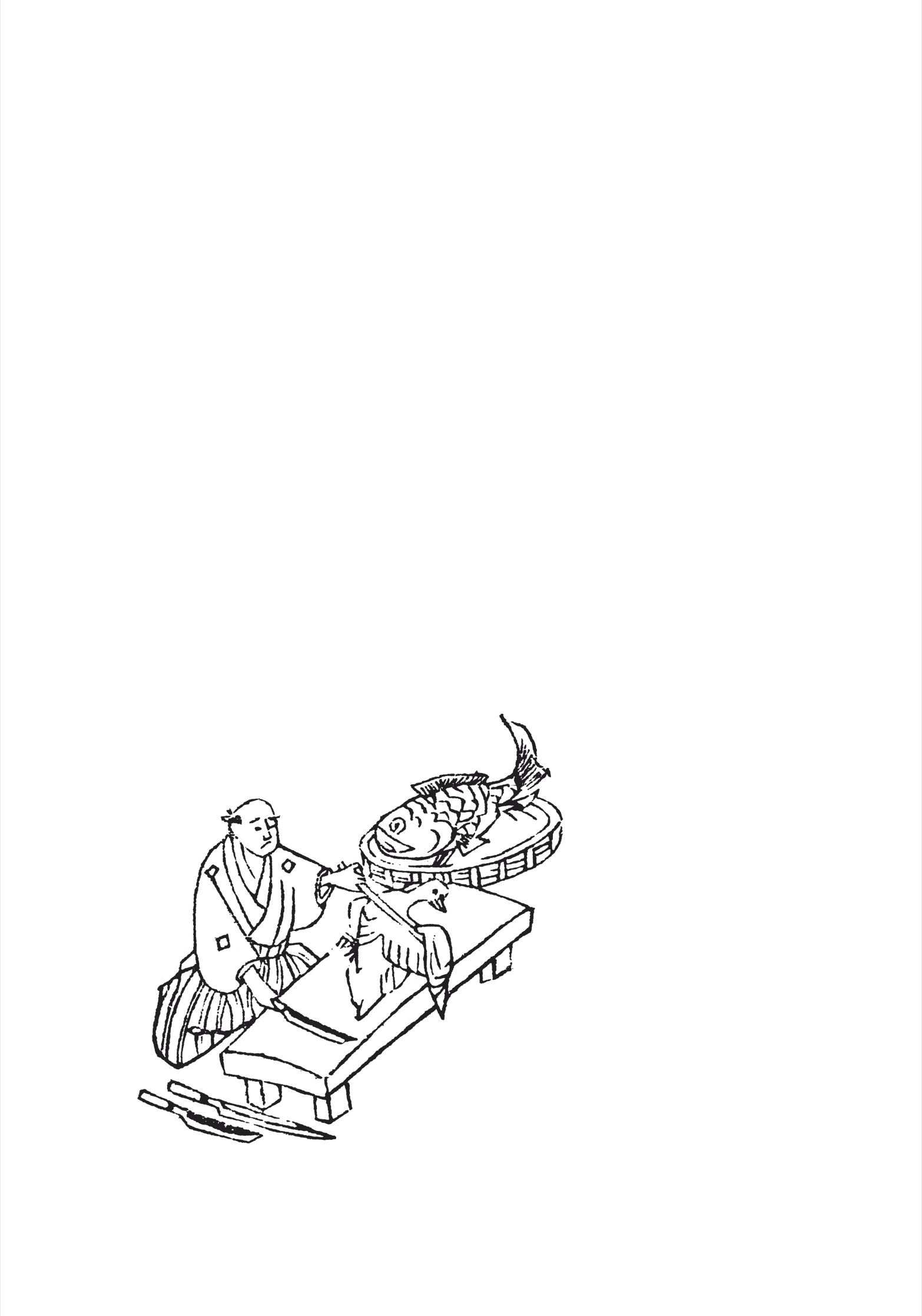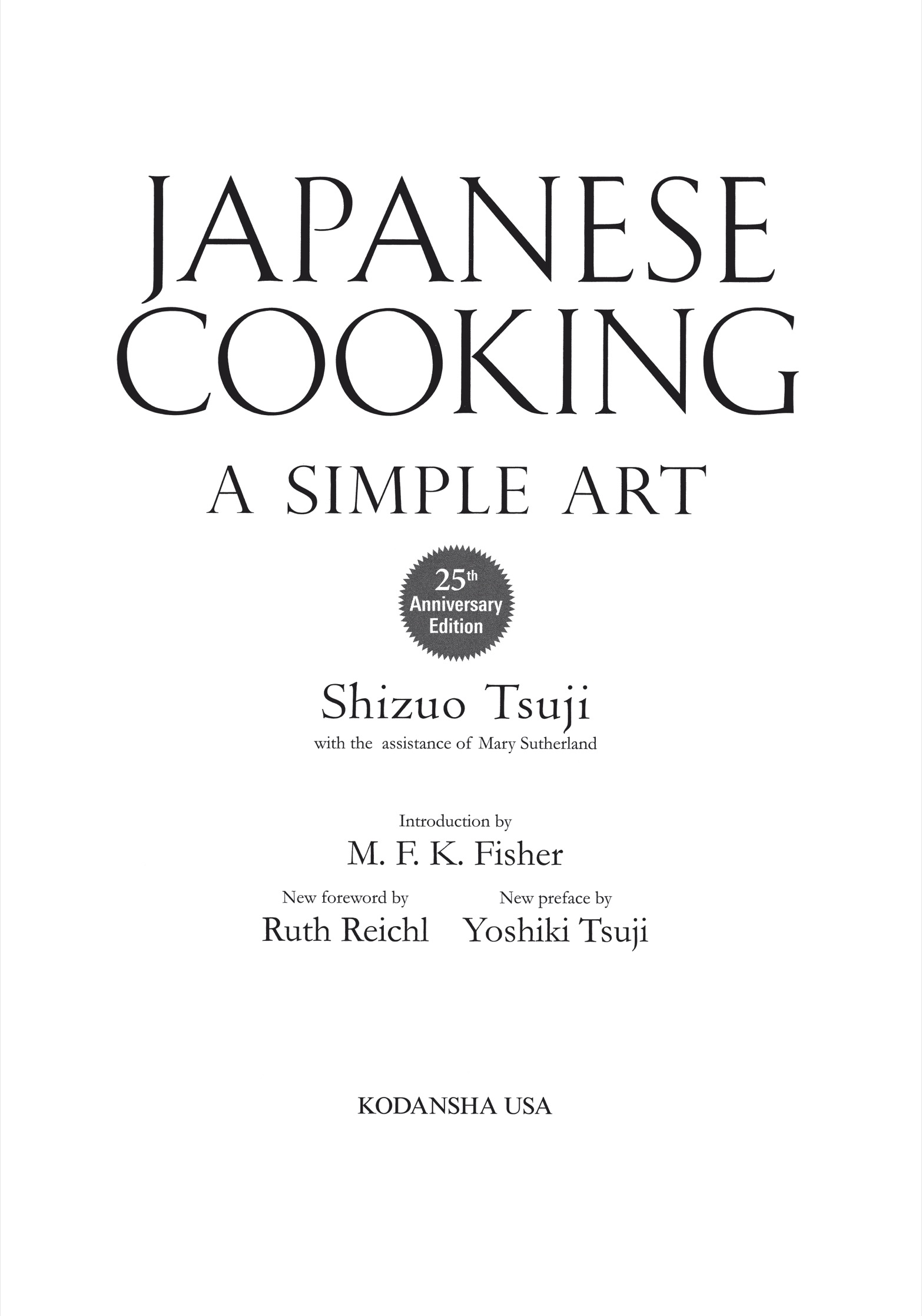Distributed in the United Kingdom and continental Europe by Kodansha Europe Ltd.
Copyright 1980, 2006, 2011 by Shizuo Tsuji.
Foreword copyright 2006, 2011 by Ruth Reichl.
All rights reserved.
Foreword
I wonder if I can even begin to explain to you what the world I lived inthe world of foodwas like when I first picked up this book?
Let me try. Imagine this: If you were a restaurant critic at the time, you did not need to know about anything but the food of France, with a smattering of what was then called Continental Cuisine thrown in for good measure. It is hard to conceive, in this age of supermarket sushi, but back then Japanese food was so unfamiliar to Americans that Shizuo Tsuji felt obliged to tell his readers that they would find sashimi unbearably exotic, almost bordering on the barbaric. While urging them to taste it, he conceded that this would require a great sense of gastronomic adventure and fortitude. He was convinced that the only people with any real understanding of his native food were those who had already visited his country.
But even those of us who had not visited Japan were aware that most people were transformed by the experience. It seemed to me that this was especially true for people who cared about food. The chefs of France, who had all gone off to taste sushi and tempura, had been so captivated by the Japanese esthetic that they changed the way they cooked. Like French artists at the turn of the century, whose contact with the art of Japan had literally offered a new perspective on the world, the great French chefs of the 1970s and 80s returned from the east and began to radically rethink their art. Traditional French cooking had been a way of bending nature to the will of man, but now the chefs began to look at what they were doing from a different position. For centuries the French had been focused on the arcane chemistry of the kitchen, but now they began to emphasize the integrity of ingredients. Influenced by Japan, Nouvelle Cuisine put nature first and insisted upon a new reverence for simplicity.
It was a virtual revolution in dining. The classic three-course meal of rich and generous dishes based on butter and cream was elbowed aside by a parade of exquisitely spare little dishes. How did Americans react? Most people made fun of it. There were jokesendless jokesabout the portions being so small that you had to go out to dinner after dinner when eating Nouvelle Cuisine.
Like so many food writers of the time, I was intrigued by this new approach to cooking. But I was even more excited by the changes it entailed. This emphasis on simplicity meant that chefs went looking for new sources for their products and embraced an entirely new universe of ingredients. Menus began to change. Tableware changed too, for this food spoke to the eye as well as the mouth, giving the plate an entirely new place at the table.
Before long American chefs also began making their way to Japan. The first I heard of this was during an interview I was conducting with Paul Prudhomme for a story on Cajun cuisine. Paul couldnt stop talking about a kaiseki dinner he had been invited to in Tokyo. It was, he said with a kind of awe, the most expensive meal he had ever eaten, and by far the most beautiful. And it included dozens of exotic, exciting, and unfamiliar ingredients. Listening to his sonorous voice, I began to feel that I too needed to go to Japan and taste the food for myself.
But I knew that I could not make the trip without doing some serious preparation. I understood that the only way to truly experience this traditional cuisine was to learn the rules before I went. I asked Japanese friends for help, and through them I began to learn the correct order of the Japanese meal. I discovered that it progressed in methodical fashion from the simplicity of clear soups and sashimi to increasingly complex dishes, before ending up with the jolt of vinegared salads and then slowly winding down again with rice, miso soup, pickles, and tea. I struggled to get my mouth around the difficult syllablessuimono, aemonoand to memorize all the things you were not allowed to do with chopsticks (never, ever, leave them upright in a bowl of rice). I tried to remember not to put sushi in the soy sauce rice-side down, and to abstain from sak when eating rice.
One friend translated an entire book of restaurant reviews for me, circling the best places to eat soba, ramen and tempura, and noting with some pride that many of these venerable establishments had remained unchanged for hundreds of years. When I asked about the kaiseki food that Prudhomme had described, he shook his head and said that it was extremely unlikely that I would be allowed to experience that particular pleasure. The great kaiseki restaurants, he explained, offered a kind of edible poetry served on antique dishes, and one could not simply call up and make a reservation: introductions were required. And then, on the off-chance that I might manage to wangle a reservation for one of these exalted establishments, he told me that protocol demanded that I go to the bank beforehand so that I could pay the (enormous) bill in crisp, new, consecutively numbered bills.
All this, of course, only made me more eager to visit the mysterious country where eating required such esoteric knowledge. What I did not discover, until I actually went to Japan, was that the great lessons of the Japanese kitchen had absolutely nothing to do with style and everything to do with substance. The real lesson of Japan was learning to live with the seasons. And that, of course, meant finding out what was growing all around you.
I suspect that is why, when I asked Mary Frances Fisher what advice she had to give me before I left for Japan, she handed me this book. Everything you need to know is right here, she said.
But its a cookbook, I replied. Im not going to be cooking in Japan.
No, she said in her sphinx-like way, it is much more than a cookbook.
She was right of course; this is much more than a cookbook. It is a philosophical treatise about the simple art of Japanese cooking. Appreciate the lessons of this book, and you will understand that while sushi and sashimi were becoming part of American culture, we were absorbing much larger lessons from the Japanese. We were learning to think about food in an entirely new way.
Did we know it at the time? I dont think so. I dont think we truly understood that the kind of eating in which the diner is constantly making value judgmentsthis is the moment for sea urchins, this the time of year to eat monkfish liverturns almost everything that Americans once thought about food on its head. To truly appreciate Japanese cuisine means learning to appreciate quality and paying attention to every bite. What we were learning, when we started eating Japanese food, was that to truly eat well you must open up all your senses and become aware of the world around you.

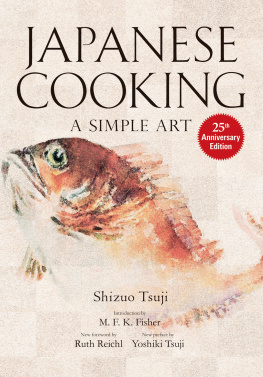
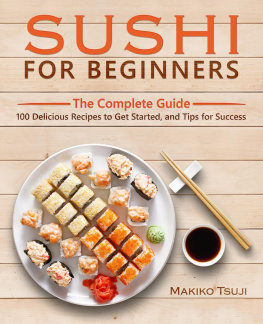
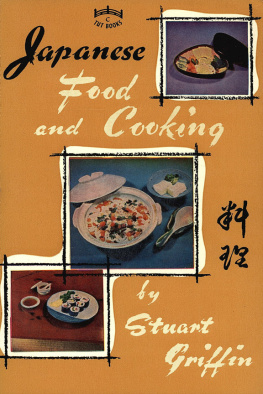
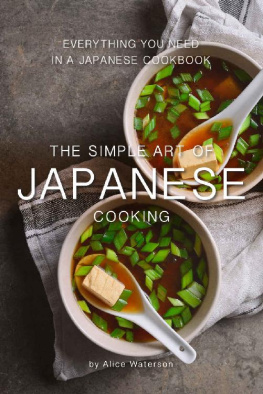

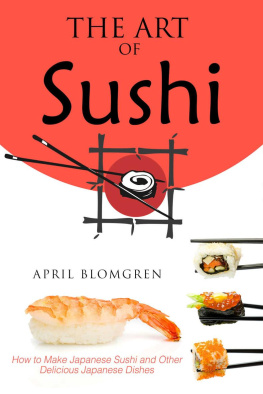
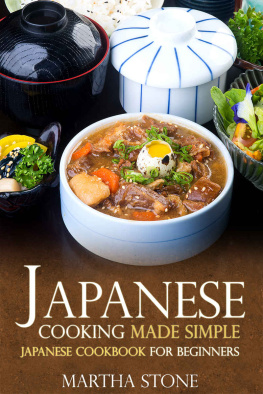
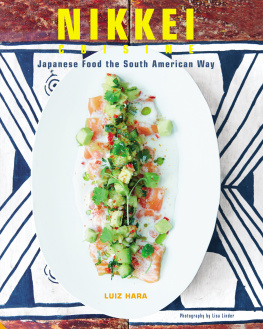
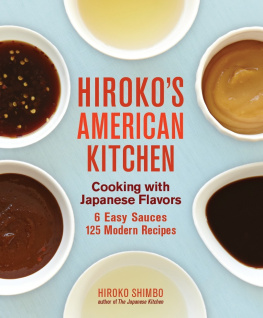
![Miyoko Nishimoto Schinner - Japanese Cooking: Contemporary & Traditional [Simple, Delicious, and Vegan]](/uploads/posts/book/41405/thumbs/miyoko-nishimoto-schinner-japanese-cooking.jpg)


